HTML (Hypertext Markup Language)
What is HTML (Hypertext Markup Language)?
HTML (Hypertext Markup Language) is the standard language used to create and structure web pages. It consists of a series of elements and tags that define the content and layout of a webpage, such as headings, paragraphs, links, images, and multimedia. HTML is the foundation of web development, providing the basic framework for web pages and applications.
Why is HTML Important?
HTML is important because it is the building block of the web. It allows developers to create structured and organized content that can be displayed in web browsers. HTML provides the foundation for web design and development, enabling the creation of interactive and visually appealing web pages.
Understanding HTML is essential for creating and maintaining websites. It ensures that content is properly formatted, accessible, and optimized for search engines. HTML also works in conjunction with other web technologies, such as CSS and JavaScript, to enhance the functionality and appearance of web pages.
Best Practices for Using HTML
1. Write Clean and Semantic Code
Use clean and semantic HTML code to ensure that your content is well-structured and easy to read. Semantic HTML uses meaningful tags, such as <header>, <footer>, <article>, and <section>, to describe the content's purpose. Clean code improves readability and maintainability.
2. Use Proper Document Structure
Start with a <!DOCTYPE> declaration to specify the HTML version and ensure proper rendering. Include essential elements such as <html>, <head>, and <body> to structure your document. A well-structured document improves accessibility and search engine optimization (SEO).
3. Optimize for Accessibility
Ensure that your HTML code is accessible to all users, including those with disabilities. Use alt attributes for images, provide descriptive link text, and use ARIA (Accessible Rich Internet Applications) attributes where necessary. Accessible HTML improves the user experience for everyone.
4. Use External Stylesheets and Scripts
Link to external CSS stylesheets and JavaScript files rather than embedding them within HTML. This practice keeps your HTML code clean and separates content from presentation and behavior. External files are easier to manage and update.
5. Minimize Inline Styles and Scripts
useAvoid using inline styles and scripts within your HTML code. Inline styles and scripts can make the code cluttered and difficult to maintain. Use external files or <style> and <script> tags within the <head> section.
6. Validate Your Code
useUse HTML validators, such as the W3C Markup Validation Service, to check your code for errors and ensure it complies with web standards. Valid HTML code improves compatibility and performance across different browsers and devices.
7. Optimize Images and Media
Use appropriate image formats and optimize media files to reduce load times. Include alt attributes for images to provide alternative text for screen readers and improve SEO. Optimized media enhances the user experience and performance.
8. Implement Responsive Design
Use HTML in conjunction with CSS media queries to create responsive web designs that adapt to different screen sizes and devices. Responsive design ensures that your website looks and functions well on desktops, tablets, and smartphones.
9. Use Descriptive Tags and Attributes
Use descriptive tags and attributes to provide additional information about your content. For example, use the title attribute for links, the lang attribute for specifying the language, and the data-* attributes for custom data. Descriptive tags improve usability and SEO.
10. Keep Up with HTML Standards
Stay updated with the latest HTML standards and best practices. HTML evolves over time, and new features and elements are introduced. Keeping up with standards ensures that your code remains current and compatible with modern web technologies.
By following these best practices, you can create well-structured, accessible, and optimized HTML code that enhances the performance and user experience of your web pages.
For more terms, return to the content marketing glossary and freelance writing glossary.

